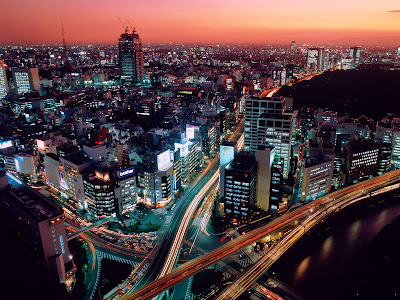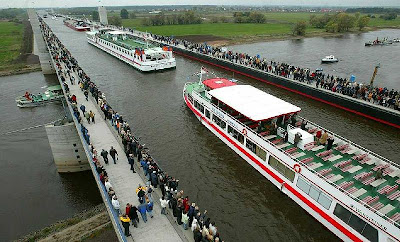Power steering
The term power steering is usually used to describe a system that provides mechanical steering assistance to the driver of a land vehicle, for example, a car or truck. The power steering system in a vehicle is a type of servomechanism. For many drivers, turning the steering wheel in a vehicle that doesn't have power steering requires more force (torque) than the driver finds comfortable, especially when the vehicle is moving at a very slow speed. Steering force is very sensitive to the weight of the vehicle, and nearly so much to its length, so this is most important for large vehicles. In a vehicle equipped with power steering, when the driver turns the steering wheel, she or he feels only a slight retarding force, so a vehicle equipped with power steering can be driven by any healthy driver, even when the vehicle is being parked. This is because the power steering system furnishes most of the energy required to turn the steered wheels of the car. Most power steering systems


